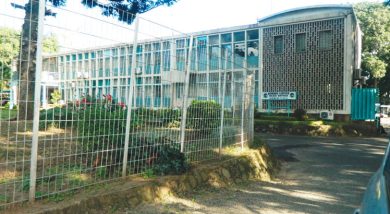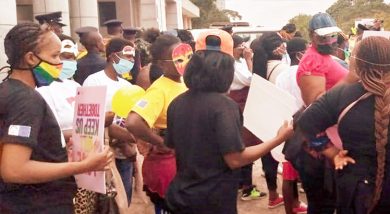Rare earths mining to generate k222bn
Mkango Resources Limited, a mineral exploration and development firm, says it projects to generate $215 million (about K222 billion) annually once the Phalombe-based Songwe Hills Rare Earth Project rolls out in February 2025.
In a statement announcing results of its definitive feasibility study for the project in Malawi, the dual-listed miner said it expects to produce 5 954 tonnes of rare earth oxides per year for the first five years of full production from September 2025 to August 2030.
Reads the statement in part: “Songwe is now confirmed as one of the few rare earths projects globally to have reached the definitive feasbility study stage, with a full environmental, social and health impact assessment completed in compliance with IFC Performance Standards and The Global Industry Standard.

“It has a long operating life of 18 years, with mining assumed to commence in February 2025, production ramping up from July 2025.”
The firm projects an initial capital expenditure of $277 million (about K286 billion), excluding a $34 million (about K35 billion) contingency for development of mine, mill, flotation and hydrometallurgy plants, tailings storage facility and related project infrastructure in Malawi.
In a statement, Mkango Resources Limited president Alexander Lemon said the project is transformational and will catalyse a new industrial revolution in Malawi.
“It will create employment opportunities and produce high value-added exports, as well as further unlocking Malawi’s mineral potential and new infrastructure developments,” he said.
Speaking when he visited the project site in Phalombe recently, Minister of Mining Albert Mbawala said he wants mines in the country to be supplied with electricity from the national grid.
He said: “We have taken a long time to conclude the Mining Development Agreement because these people are coming from a different legal framework in Europe and the Americas but we operate with our own legal framework so, they felt it was lacking in some areas but we have stood our ground and that we can only incorporate necessary propositions in the agreement.”
Figures show that before 2013, the mining sector was contributing about 10 percent to gross domestic product (GDP).
But after Kayelekera Uranium Mine was closed in February 2014, the mining sector’s contribution to GDP dropped to about 0.8 percent in 2020.
Some of the rare earths to be mined at Songwe Hills include neodymium, praseodymium, dysprosium and terbium, which are critical for manufacturing of permanent magnets for electric vehicles, wind turbines and other electronic devices.






One Comment